Magarikari is a village and the seat of the homonymous community in the Municipality of Phaistos, located in the Heraklion regional unit of Crete, Greece. It is situated on the southwestern foothills of Mount Psiloritis, offering a panoramic view of the surrounding area.
Historical References
Magarikari’s recorded history begins in the Venetian period, specifically in 1583, when it was listed in a census with a population of 140 inhabitants. However, its roots likely extend further back, possibly to the Minoan era, given its proximity to the ancient palace of Phaistos and other archaeological sites in the Messara Plain.
The village experienced significant upheaval during the Ottoman occupation of Crete. Historical accounts suggest that the Turks inflicted considerable damage on Magarikari, burning numerous houses and desecrating the village church. This period of turmoil highlights the challenges faced by Cretan communities under foreign rule.
The most harrowing chapter in Magarikari’s history unfolded during the German occupation in World War II. In a brutal act of reprisal, the village was completely razed to the ground, and 47 of its residents were taken hostage. These hostages were tragically lost at sea when the ship Tanais, transporting them to mainland Greece, was torpedoed. This devastating event left a profound impact on the community, serving as a somber reminder of the human cost of war.
Location and Dimensions
Magarikari is situated at an elevation of 450 meters on the southwestern foothills of Mount Psiloritis (also known as Mount Ida), the highest mountain in Crete. This elevated position offers panoramic views of the Messara Plain, the Mesara Bay, and the Asterousia Mountains, creating a dramatic and picturesque backdrop for the village.
The village itself is relatively compact, with its traditional stone houses and narrow streets clustered on the mountainside. Its location provides a sense of seclusion and tranquility while still offering convenient access to the surrounding areas.
Historical Significance
Its Venetian-era origins, its experiences during the Ottoman occupation, and the tragic events of World War II all contribute to its rich and complex past. The village also holds a special place in the history of the Cretan resistance, as it was the birthplace of the renowned resistance fighter Petrakogiorgis. His leadership and bravery in the fight against the German occupation continue to inspire and resonate with the community.
Furthermore, Magarikari’s connection to the broader Amari region and its proximity to significant archaeological sites like Phaistos underscore its historical importance. The village has witnessed and participated in the major historical events that have shaped Crete’s identity, making it an integral part of the island’s cultural heritage.
Population Data Over the Years
The population of Magarikari has experienced fluctuations throughout its history. The 1583 census recorded a population of 140 inhabitants, suggesting a relatively established community during the Venetian era. While specific data for the intervening centuries is limited, the 2011 census recorded a population of 291, indicating a significant increase over time. This growth can be attributed to various factors, including improved living conditions, increased access to education and healthcare, and the development of agriculture and tourism in the region.
Current Status
Today, Magarikari is a thriving village with a strong sense of community and tradition. The main occupation of its residents remains agriculture, with a particular focus on olive cultivation. The village’s olive groves produce high-quality olive oil, contributing to the local economy and the village’s reputation for agricultural excellence.
Magarikari also boasts a rich cultural heritage, evident in its numerous churches and chapels, including the Church of Michael the Archangel, the Holy Cross, Panagia Kera, and Agios Nektarios. These religious sites serve as important gathering places for the community and offer a glimpse into the village’s spiritual traditions.
While agriculture remains the primary economic activity, the village is also exploring opportunities for tourism development. Its scenic location, historical landmarks, and proximity to popular tourist destinations like Phaistos make it an attractive option for visitors seeking an authentic Cretan experience.
The village’s commitment to education is evident in the presence of a kindergarten and a primary school, ensuring that its younger generation has access to quality learning opportunities. Additionally, the local community actively participates in cultural and historical preservation efforts, such as the ongoing work to restore the Koulés fortress located outside the village.
Village Key Points
- Historical References: The village is first mentioned in the 1583 census. It suffered destruction during the Ottoman era and the German occupation.
- Location: Magarikari is situated on the southwestern foothills of Mount Psiloritis at an altitude of 450 meters.
- Dimensions: The village is built at an altitude of 450 meters above sea level.
- Historical Significance: The village has a history dating back to at least the 16th century and is the birthplace of the resistance fighter Petrakogiorgis.
- Population data over the years: The population was 140 in 1583 and 291 in 2011.
- Current Status: The main occupation is olive cultivation. The village has several churches and a kindergarten and primary school.
Access
Magarikari is 7.0 kilometers away from the town Zaros and 9.7 kilometers away from Moires















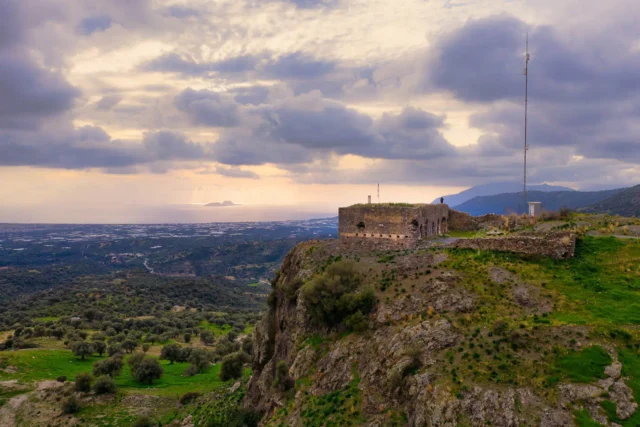


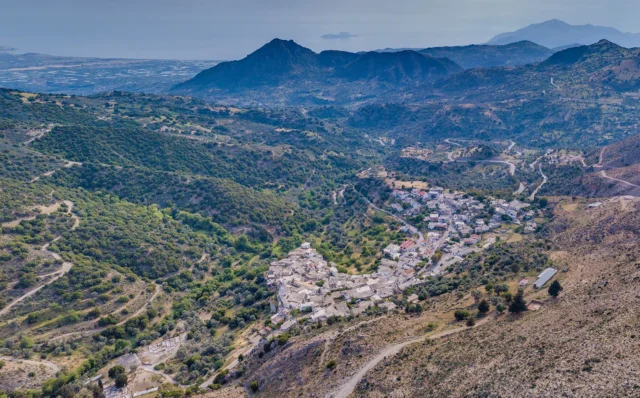

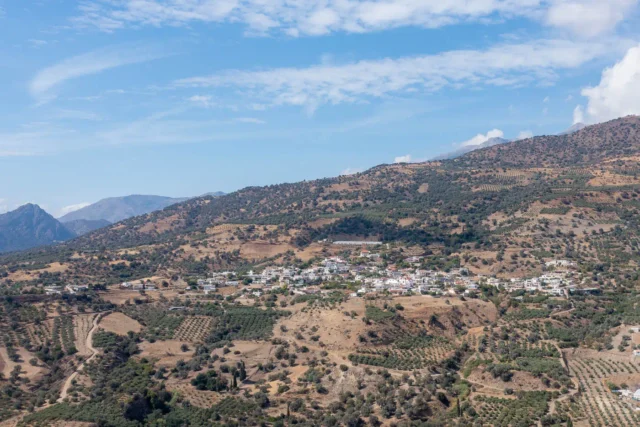

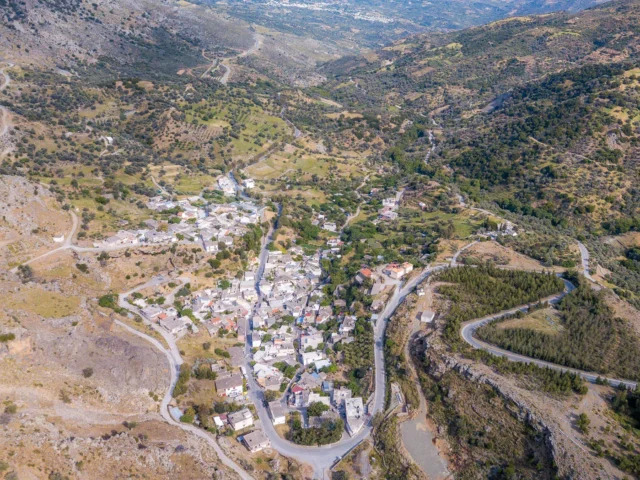
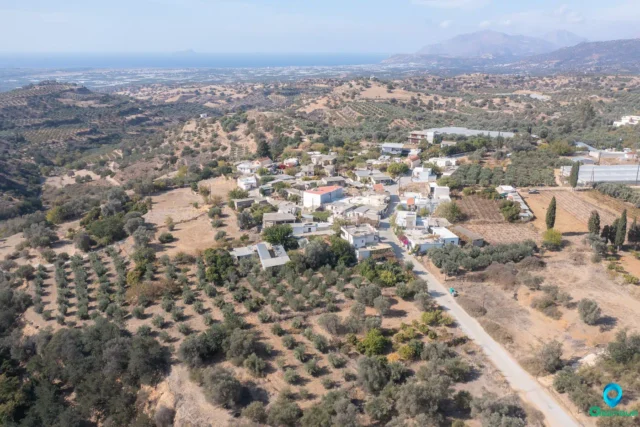

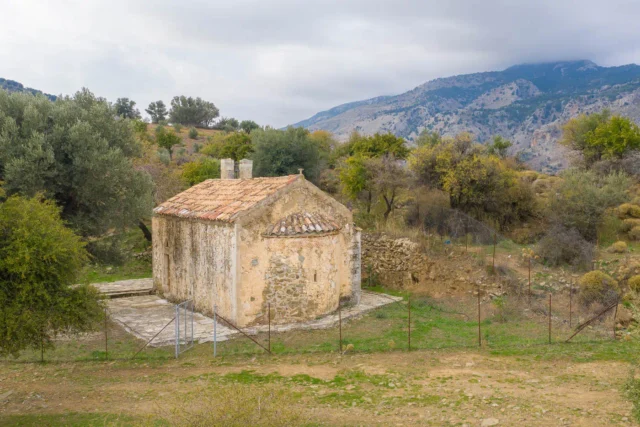
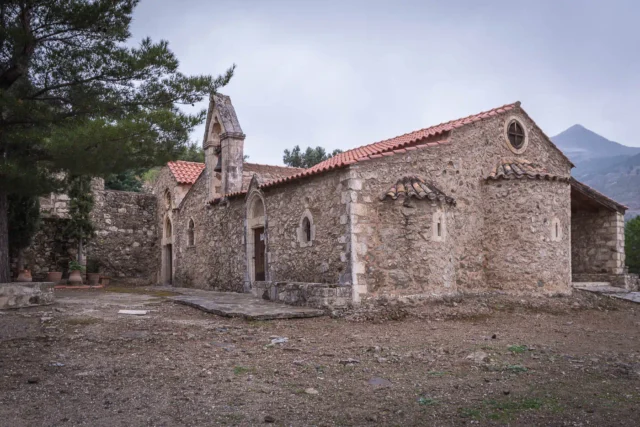
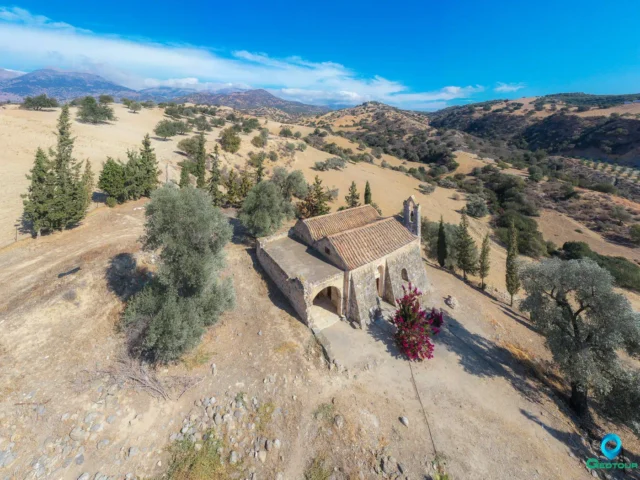

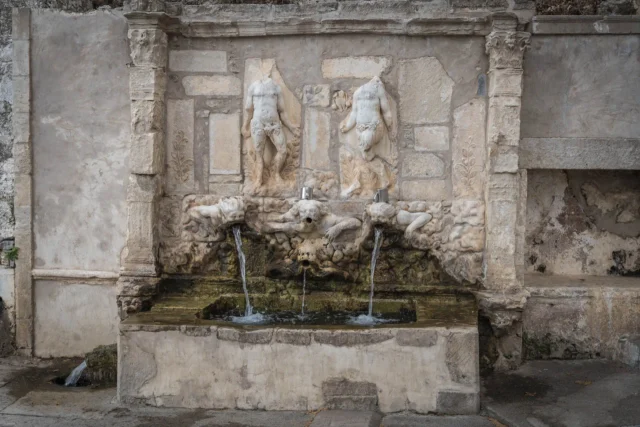
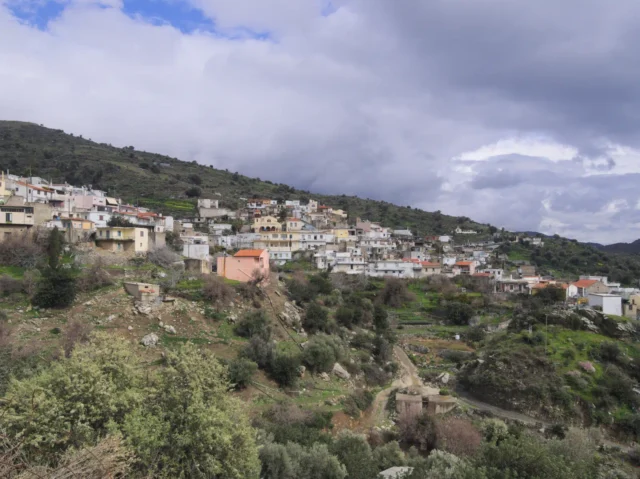
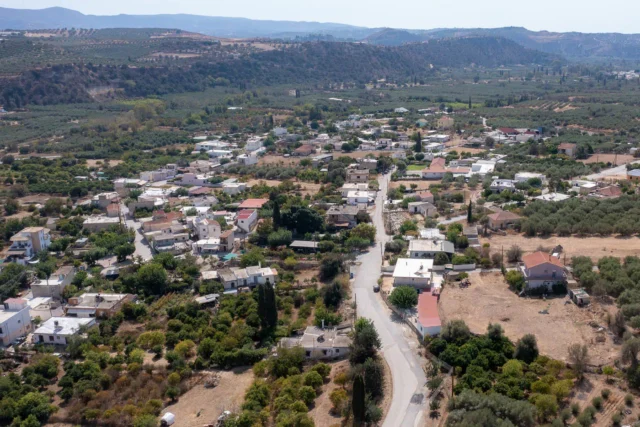
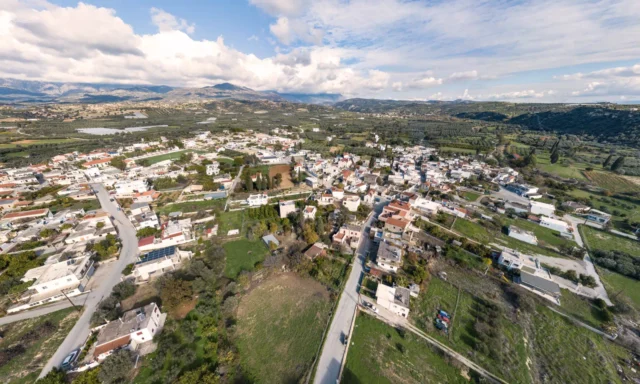

There are no comments yet.